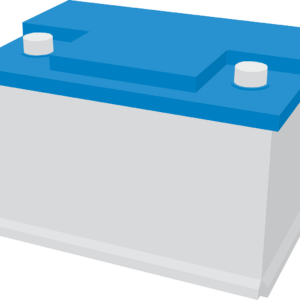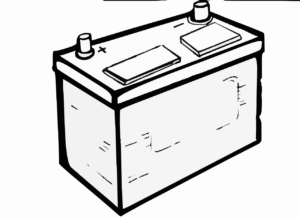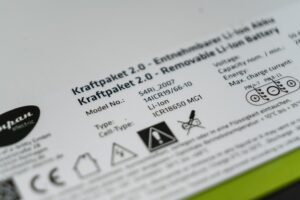The operation of chemical power sources is based on the interaction of metals and liquids, a reversible reaction that occurs when the positive and negative plates close contact. Lead-acid batteries, as the name implies, consist of lead and acid, where the positively charged plates are lead and the negatively charged plates are lead oxide. If a light bulb is connected to the two plates, the circuit closes and an electric current (movement of electrons) is generated, and a chemical reaction occurs inside the cell. In particular, the battery plates corrode and lead is coated with lead sulphate. Thus, a lead sulphate deposit will form on all plates as the battery discharges. When the battery is fully discharged, the plates are coated with the same metal, lead sulphate, and have almost the same charge relative to the liquid, so the battery voltage will be very low.
If a battery charger is connected to the appropriate terminals and switched on, the current will flow in the acid in the opposite direction. The current will cause a chemical reaction, the acid molecules will split and through this reaction lead sulphate will be removed from the positive and negative plates of the battery. In the final stage of the charging process, the plates will have a pristine appearance: lead and lead oxide, allowing them to be charged differently again, i.e. the battery will be fully charged.
In practice, however, things look a little different and the electrode plates are not completely cleaned, so the batteries have a certain life span, upon reaching which the capacity is reduced to 80-70% of the original capacity.




Average Rating